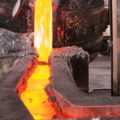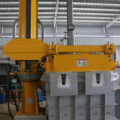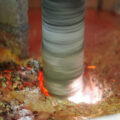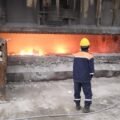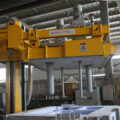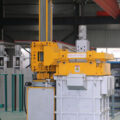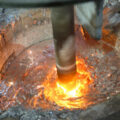The degassing device mainly treats molten metal containing a certain amount of hydrogen and other residues (alkali metals, slag inclusions) to improve the cleanliness of the aluminum alloy.
The cleanliness of aluminum alloy has always been the focus of attention, and it is still one of the most concerning issues in the aluminum casting industry. Generally, the cleanliness of aluminum alloys are referred to as minimizing the following contaminants: 1) dissolved H, 2) alkaline elements such as Na, Li, and Ca, and 3) inclusions.
In the basic understanding of all aspects of these pollutants, extensive research has made great progress, and in many companies, the practice of removing inclusions has been established and routinely used, and the removal of H and alkaline elements has become a must melting processing procedures.
However, with the ever-increasing demand for improved alloy properties, the requirements for alloy cleanliness have become more and more stringent, and more and more foundries have paid more and more attention to the cleanliness of their alloys. This urgently requires more effort in this area.
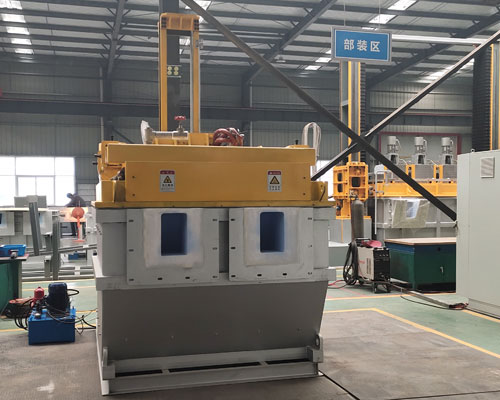
AdTech rotary degassing device can optimize and control the quality of its molten metal to meet its strict alloy cleanliness requirements, while reducing operating costs.
The inert gas is injected into the melt through the rotor in the degassing unit, and is broken by the rotor into uniformly dispersed tiny bubbles, which rise to the surface of the melt. Bubbles absorb hydrogen, alkali metals, and inclusions during the ascent.
In the rotating degassing process, the bubble size depends on the injection process, not on the type of gas used. As long as the diameter of the bubbles generated by the impeller is less than about 5 mm (5000 microns) and the bubbles are uniformly dispersed throughout the melt, the rotary degassing can achieve nearly 100% degassing efficiency.
The bubble formation process depends on the flow rate of the purge gas. To optimize the degassing process, it is necessary to use an appropriate combination of the maximum possible purge gas volume flow and the number of rotor revolutions per minute to minimize the interference on the surface of the molten pool. The physical condition of the degassing equipment and the rotor will also affect the degassing efficiency.


